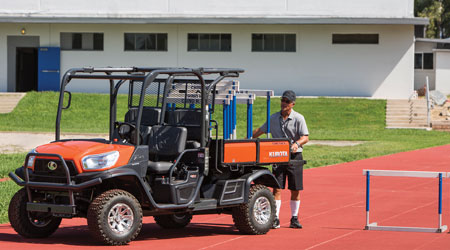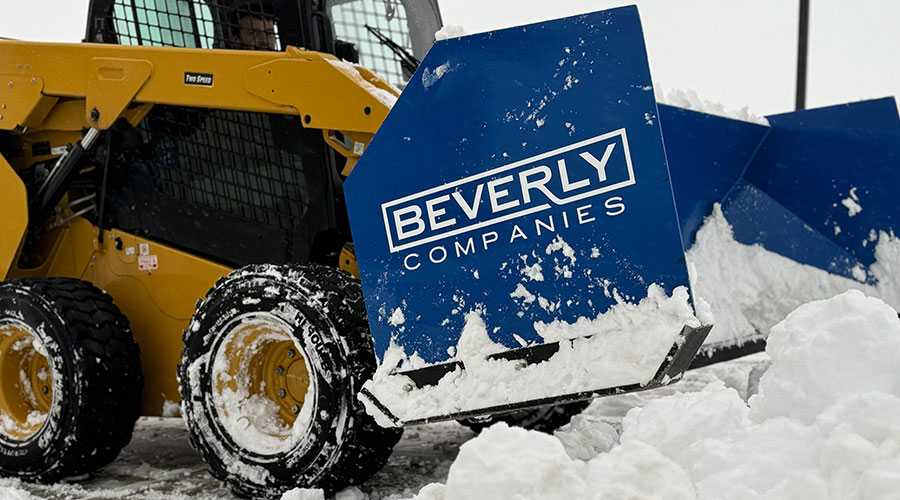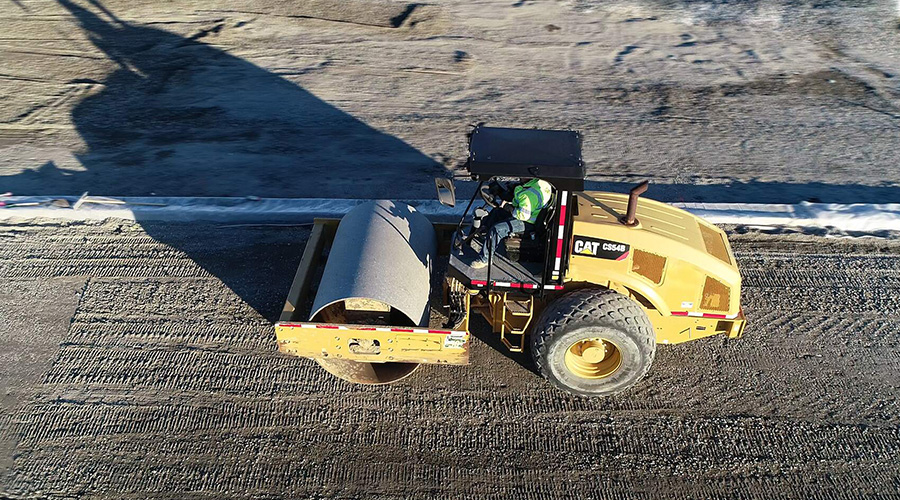How to Weigh Utility Vehicle Options
Manufacturers offer an array of useful options and accessories. Here's how to get your selection process right.
Once a manager chooses the style of utility vehicle that suits a facility, the next step is to look at options. Managers are likely to face more options and accessories than they expect, both from OEMs and dealers. Some options are simple, such as a bucket holder, but others, such as a heated and cooled cab enclosure, are complex and expensive. Managers need to fully consider department needs when building a purchase. Failing to select an important option can limit the usefulness of the vehicle.
Among the most important options are lights, turn signals and other road-package options. If crews plan to use the vehicle on roads, managers need to consult state and local laws and ordinances to understand the requirements for the vehicle and if it is allowed on the road. It is likely to be classified as a slow-moving vehicle and will require additional equipment. Failing to purchase this equipment could result in a vehicle that crews cannot use on your site.
Managers also need to consult with the vendor on tire selection. Depending on the style vehicle, tires can range from golf cart tires to aggressive offroad tires that are not suited to turf. Aggressive tires might be necessary for snow removal, but they will wear down quickly if used on dry pavement.
Most manufacturers offer an array of useful accessories. Depending on the brand and model, these could include equipment racks to keep small engine tools safe, bumpers and brush guards to protect the vehicle, and small items that include mirrors and placards. Managers need to take time to read through the manual to understand options. They are likely to find items that can make the purchase safer and more productive, and they usually can add them even after the sale.
Once a manager considers all of these styles and models, they are likely to find the style of vehicle that suits a facility the best. When considering several styles that could fit department needs, managers can ask for a demo or add variables based on unique needs. Several manufacturers might produce the style utility vehicle that suits a department.
When choosing a vendor, managers need to consider service, cost and the brand equipment already on site. The right brand for one site might not be the best for another site. Taking time while researching a utility vehicle purchase can lead to a successful decision that will make grounds crews more efficient and allow them to do more work.
Brandon Haley, CGM, is a grounds project manager for SSC – Services for Education, a K-12 and higher education facilities service provider. He is a Certified Grounds Manager through the Professional Grounds Management Society with 22 years of experience in the green industry.
Related Topics:













